The State of the Unions: Twilight: 2000
In this journey exploring the Twilight: 2000’s first edition adventures and supplements, we have two remaining items (other than the supplements of weapons and vehicles) that address the state of the United States and United Kingdom. Both are supplemental releases that allow players and referees (gamemasters) to conduct adventures and campaigns.
The Survivor’s Guide to the United Kingdom is the only official supplement by the late GDW that covers the isles. And the situation is not good in the old country.
The United Kingdom’s separation from the continent proper was both boon and bane. The tide of refugees fleeing from combat areas or where tactical nuclear weapons were used was not nearly so great or problematic as on the continent. At the same time, obtaining additional supplies from the continent became substantially more difficult with the reduction of cross-channel traffic.
In the original edition of the game, the Chunnel connecting the UK and France did not exist, and I wonder how that may alter the new edition’s revision of what happens in the UK.
Also, because the combat was mostly centered in the former East Germany, Poland, and Czechoslovakia, the UK was spared much of the tactical nuclear weapon usage. They were not, however, spared from the strategic strikes when they came. London, Liverpool, Manchester — basically, the industrial, manufacturing, and oil operations — were devastated by Soviet strikes. Britain’s refugee problem exists within the boundaries of the UK.
The supplement provides a number of reasonable scenarios for how the players might end up in the UK. A few of these are divergences tied to the published adventures, such as Going Home and Boomer. It’s not unreasonable to player British soldiers that were part of the set up for Twilight: 2000.
For those new to this roleplaying game, the players usually have characters serving as part of the US military. Published in the mid 1980s, the Cold War was still very much a thing, and thus the history of the 90s takes a different path than what really happened. World War III began in 1996 after the West Germans invaded East Germany during the Sino-Soviet War that began in 1995. Eventually, tactical nuclear weapons are used to stop troop formations in the Far East. Then they are used on the European front. Then a general strategic exchange happens on Thanksgiving 1997. While not the MAD scenarios often envisaged, the world stumbles across the nuclear Armageddon threshold. Society breaks down. Governments lose control. And those US soldiers took part in what is the last offensive of the war — and are stranded behind enemy lines in Poland.
Sites in the UK targeted by nuclear attacks
If players decide to go to the UK, and the referee does not want to conjure up the history for herself, she can use the Survivor’s Guide to the United Kingdom. The first section of which focuses on the British military involvement during the war. The general history describes them conducting themselves very well. Fighting in Central and Eastern Europe, Norway, and Iran, the British forces fought with distinction and notable success. The situation goes from bad to worse with the nuclear strikes in November 1997. England, while not the primary target of Soviet missiles, is not spared. London, of course, Dover, Southhampton, Liverpool, Grangemouth, and others were hit and devastated.
The British Army in England maintained control in the south of the country and imposed martial law. While many in the royal family perished in the London nuclear attack, King Charles III survived (Queen Elizabeth abdicated in favor of her son in 1994). The army imposed martial law. However, a government continued to function and has striven to ensure civilian control. By 2000, martial law is eased.
Various UK factions and general area of control or operations
Scotland declared independence and operates a mostly capable government, though the northern highlands and the Shetlands and Orkneys see varying degrees of governmental reach. The Scots have established a small military and security force to deal with marauders.
Northern Ireland was essentially cutoff by the collapse of authority in the immediate aftermath of the nuclear devastation and remains largely free from England’s control. Unfortunately, this has devolved in a second Irish civil war, with the Republic of Ireland invading Northern Ireland. The fighting has been back and forth. (Recall, this supplement was written before the Good Friday Agreement of 1998.)
Southern Wales felt the brunt of the nuclear strikes but has organized itself and runs independently of the English government in the south of England. Wales has set up a force similar to Scotland, along with establishing a border wall to control and prevent the flow of refugees.
Between Scotland, Wales, and southern England a mess of competing warlords, marauding groups, self-styled kings, and chaos that generally make living difficult for the average citizen. The book describes a number of these groups and the personalities that lead them. It even touches on a Soviet enclave — former POWs that found themselves free in England. They worked together with one small English town, St. Austell. The Soviets defended the town against voracious marauders, and the town has now accepted them as their own security force.
The supplement ends with a few sections providing encounters specific to England (including touching on potential rabies exposure, which prior to the collapse of civil government was believed eradicated in England), creating British characters, and adding tons more equipment and vehicles.
The US supplement Howling Wilderness does for the US what the Survivor’s Guide does for the UK. However, because much of the United States was covered by the adventures set in Texas, the Ozarks, Pennsylvania, Los Angeles, and New England, Howling Wilderness also gives a preview of the future.
In this supplement, we learn more details about the competing governments claiming to rule the entire nation: MilGov (based in Colorado Springs) and CivGov (based in Omaha). In reality, they each control only a portion of the US, and often, these are simply cities that have acknowledged allegiance to one or the other. Interestingly, we learn that the two governments have regular contact and have engaged in some discussions to come to terms.
Sites in the US targeted by nuclear attacks
The alternate history in Howling Wilderness follows the common trope of challenges with the order of succession in the United States. Several presidents elevated from the Speaker of the House, Secretary of State, and Secretary of Energy suffer from health failures. The inability to maintain communications due to the EMP bursts from the nuclear weapons ensures that the “Rump Congress” in Omaha is a compromised group — granted, probably the best they can do in the situation. Hence, General Cummings of MilGov does not recognize the authority of CivGov’s President Broward and the Congress. Nonetheless, the book does note that in the future, reconciliation will happen.
The overriding concern of both governments and the rest of the nation is about food. The harvests are not enough to feed the hungry populace. More importantly, the infrastructure to transport the food from place to place is nonexistent. This leaves New England particularly exposed because of its high population to imported food ratio. Refugees across the nation seek basic food and housing. This leads to territorial disputes, fights, and general chaos.
Outside of marauder bands, the other large entity that seeking to control the nation is the New America movement. We’ve encountered this fascist movement in a few of the American adventures, particularly Airlords of the Ozarks, Urban Guerrilla, and Allegheny Uprising. Suffice it to say, they are about a un-American as can be. The supplement drops a few tidbits here and there referencing the stated adventures and the defeats it brought to New America. Fortunately, it looks like that movement’s efforts are now doomed to failure.
Howling Wilderness spends a number of pages reviewing the various military units at the disposal of both MilGov and CivGov and examining each of the states, broken down by region. It is in these sections where we learn small details that add so much flavor to this game and alternate history. About the 46th Infantry Division:
After absorbing the personnel from 40th who chose to obey orders, the division settled into its current station, where it remains one of the few units stilt loyal to MilGov.
Of the 2nd Infantry Brigade (Arctic Recon):
By January of 2000, the brigade had dispersed into hunting-gathering parties ranging throughout the Alexander Archipelago and had ceased to exist as a fighting unit.
The regions of the US are broken down into New England, the Middle Atlantic States, the Southeast, the Great Lake States, the South Central States, the Great Plains, the Western States, and Alaska and Hawaii. Each section provides a short description of the general state of affairs and encounters specific to it along with a short write up for each state. My home state of Indiana:
State government was broken by the strain of the chaotic years of 1998-2000, and government is now almost entirely limited to rural farm/village ‘communes’ run by local strongmen and defended by locally raised militia. Some of these communities pay lip service to one government or the other, but most prefer to straddle the fence and wait to see which one triumphs.
The US has had to deal with two invasions, one by the Soviets in Alaska and one in the south by Mexico, bolstered by a Soviet division out of Cuba. Neither offensive has been able to maintain its momentum, and with the breakdown in governments, this effectively leaves small armies of foreign troops occupying locales in the US. MilGov has kept up resistance to the Mexican Army in the south, but Alaska is too remote for either version of the US government to offer any effective resistance or organization.
A side note, an additional feature of the supplement is the inclusion of “Citymaker” — a bunch of geomorphs that referees can use to create maps for towns.
Both supplements offer a wealth of information for referees and players wanting to have adventures and campaigns in either the United Kingdom or the United States. Howling Wilderness updates and expands on the information from the US-based published adventures, while Survivor’s Guide provides the only information about the state of the UK. Neither is necessary for this, of course. These also serve as interesting artifacts of what late 1980s conjectures were of alternative histories yet to happen. In both cases, the outlook is largely bleak, with a bit of hope here and there. It is the world of Twilight: 2000 and surviving is the name of the game.
You can get the entire digital library of the first edition of Twilight: 2000 from Far Future Enterprises.
Our previous coverage of GDW’s Twilight: 2000 includes:
Exploring Post-Apocalyptic Poland in Twilight: 2000
Twilight: 2000 — Roleplaying in a Post-Nuclear Holocaust World
Twilight: 2000‘s Polish Campaign, Part I
Twilight: 2000‘s Polish Campaign, Part II
Twilight: 2000‘s Polish Campaign: Part III
Going Home Isn’t All It’s Cracked Up to Be: Twilight: 2000’s American Campaign, Part I
From the Mountains to the Oceans: Twilight 2000‘s American Campaign, Part II
Reckoning: Twilight: 2000‘s American Campaign, Part III
Cruising in a Submarine: Twilight: 2000‘s The Last Submarine Campaign
Back to Where It All Began—Twilight: 2000’s Return to Europe Campaign
Surviving World War III in Iran
Patrick Kanouse encountered Traveller and Star Frontiers in the early 1980s, which he then subjected his brother to many games of. Outside of RPGs, he is a fiction writer, avid tabletop roleplaying game master, and new convert to war gaming. His last post for Black Gate was Surviving World War III in Iran—Twilight: 2000. You can follow him and his brother at Two Brothers Gaming as they play any number of RPGs. Twitter: @twobrothersgam8. Facebook: Two Brothers Gaming.
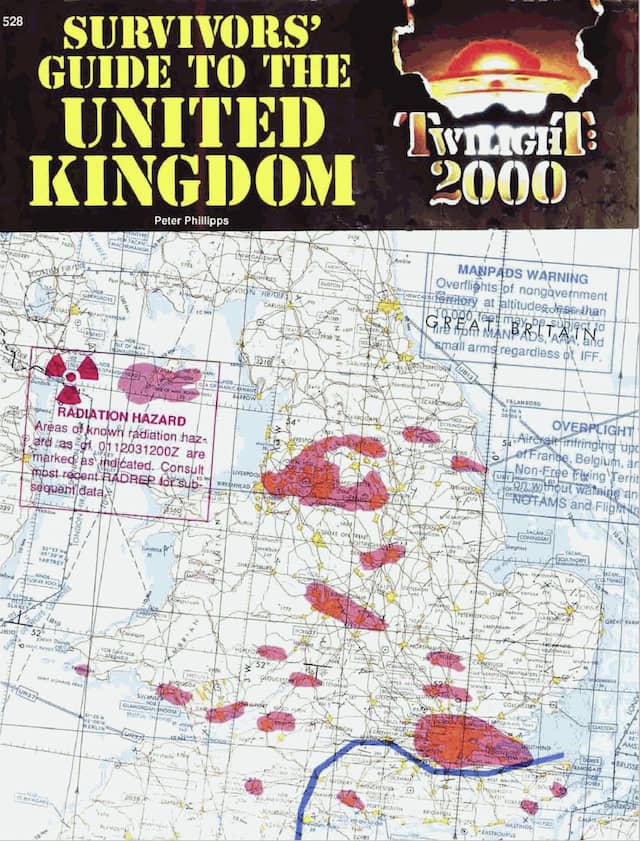
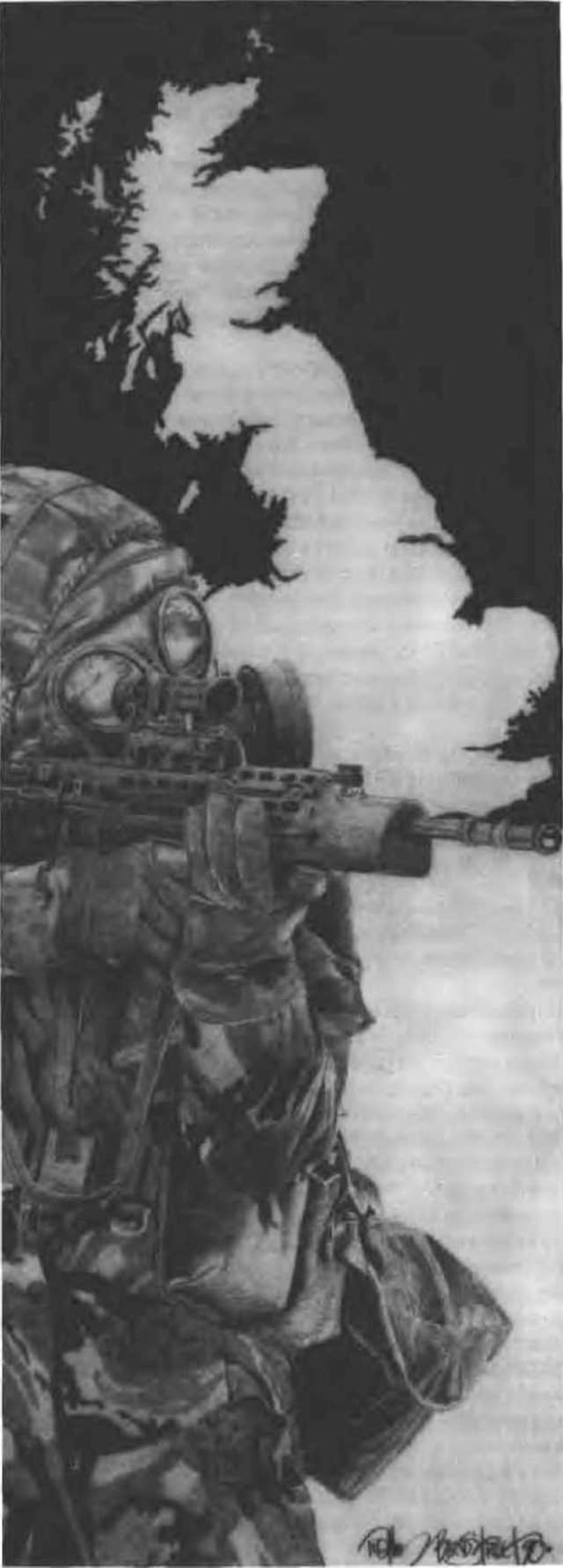
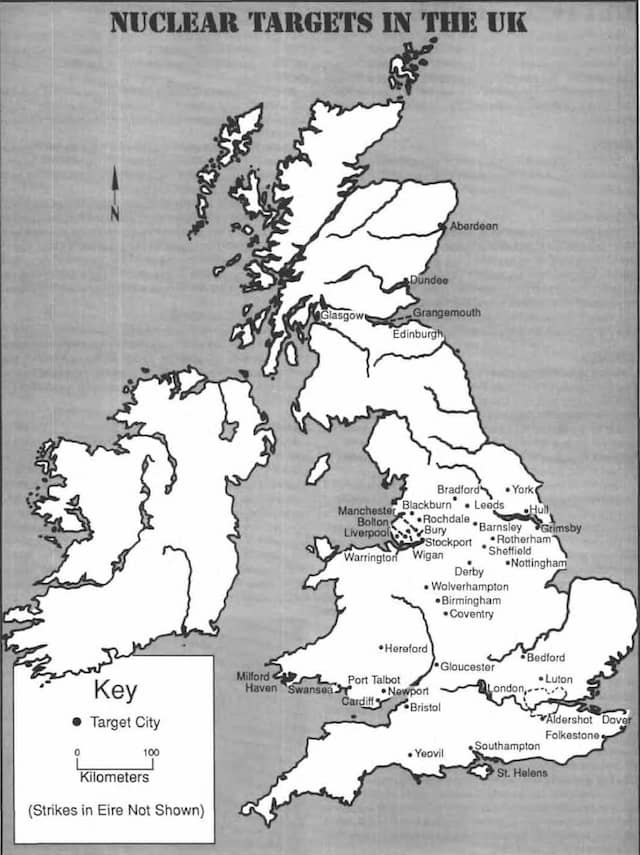
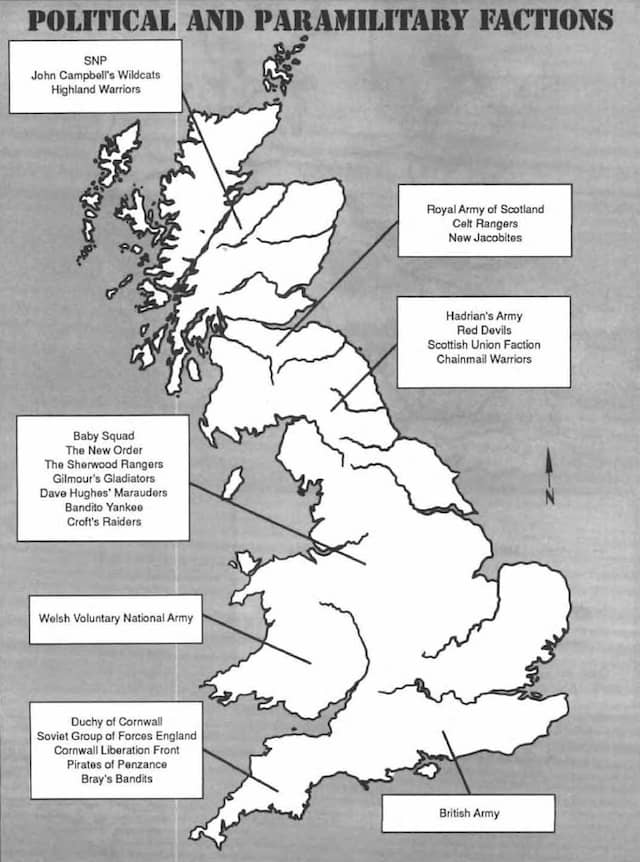
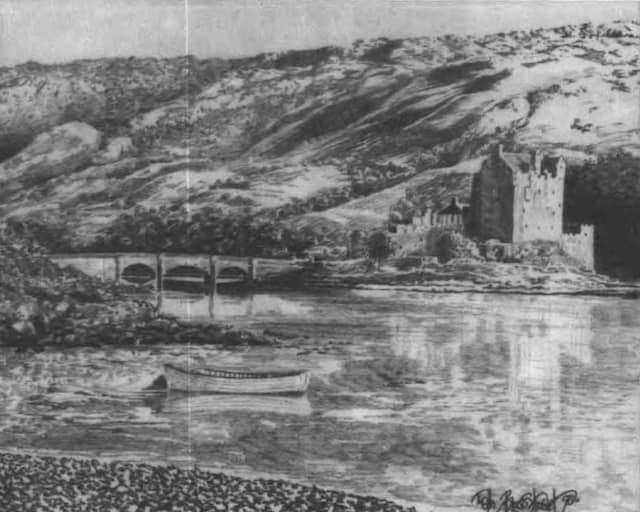
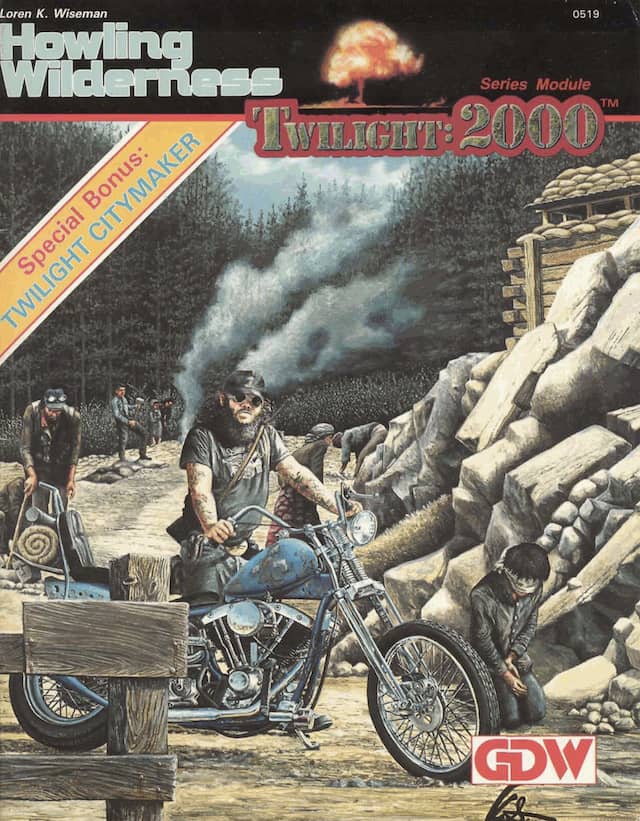
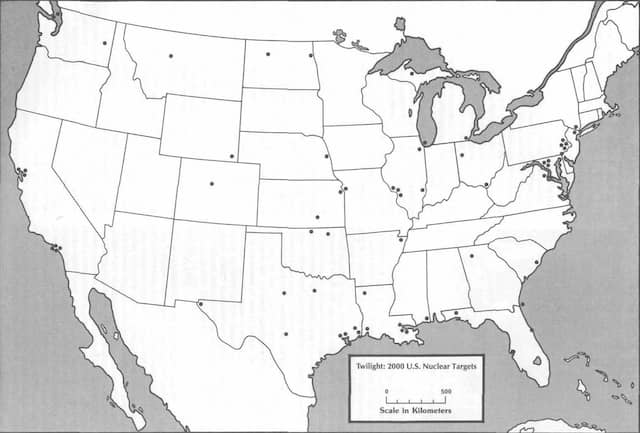
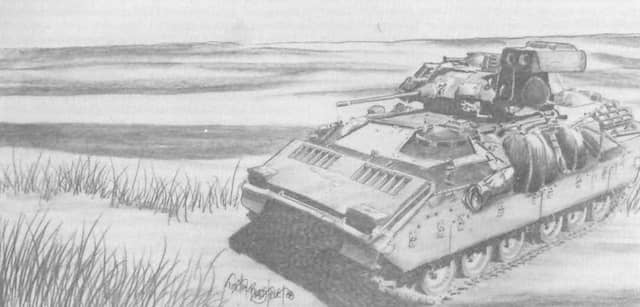
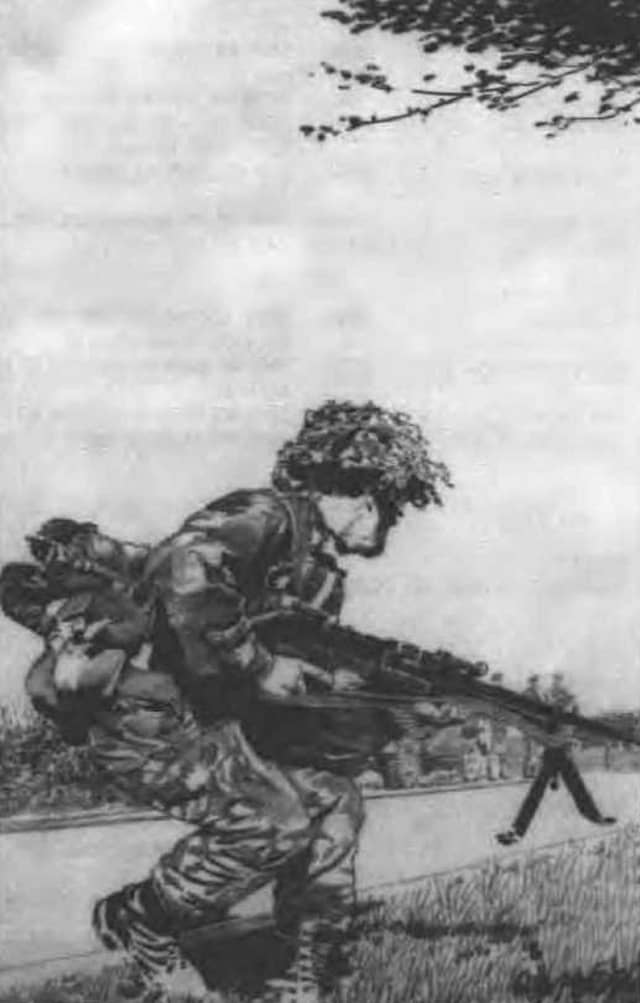
Given the “nuclear winter” scenario was built around 100 or so urban nuclear strikes and subsequent firestorms, I am guessing it happens in the “homefront” supplements, so the food issue is very critical as even the agricultural areas are facing reduced harvests. Yikes.
Also, wouldn’t he be Charles III? (And full recommendations for the “Shakespearean” play “King Charles III”, written by Mike Bartlett and filmed by BBC Two, with Tim Piggot-Smith in the title role.)
Eugene! Thanks for reading and commenting. Yes, I agree on the food situation. It also makes references to the varied climate changes due to the nuclear attacks…devastation on all fronts.
And yes, Charles III. I’ve updated.